Social Emotional Learning Teaching Resources
Are you on the hunt for social emotional learning activities, printable PDFs and more to bring SEL to life in your elementary lessons this school year? The list of academic benefits of SEL instruction is a mile long, and the Teach Starter teacher team has created a robust collection of social and emotional learning resources made with teachers – and your students — in mind.
We've made planning your social-emotional learning lessons simple with printable SEL worksheets and digital social and emotional activities designed specifically for the needs of elementary school students. Each resource in this collection has undergone rigorous review by the expert teachers on our team to make sure you'll be comfortable passing them out in the classroom or sending them home in a student's backpack.
Pardon us if we're sharing something you already know (feel free to skip right to the social emotional learning activities!), but if you're new to incorporating SEL into your classroom, you may need a quick refresher! Read on for a guide from our teacher team, including a handy definition of social emotional learning, and ways to implement the five core competencies of SEL.
What Is Social-Emotional Learning? A Simple Definition
The most common social-emotional learning — or social and emotional learning — definition describes SEL as "the process through which all young people and adults acquire and apply the knowledge, skills, and attitudes to develop healthy identities, manage emotions and achieve personal and collective goals, feel and show empathy for others, establish and maintain supportive relationships, and make responsible and caring decisions."
What Are the Social Emotional Learning Core Competencies?
We know are definition is a bit of a mouthful, but essentially social and emotional learning covers the following five core competencies:
- Self-Awareness
- Self-Management
- Social Awareness
- Relationship Skills
- Responsible Decision Making

Where Did Social and Emotional Learning Come From?
Teachers have been teaching many of the skills that now fall under the social and emotional learning curriculum for centuries. It's always been our goal to help shape little minds to be caring, productive, and engaged citizens.
But the roots of what we now consider SEL can be traced back to a project in the New Haven, Connecticut schools where school administrators worked with Yale researchers, parents, mental health workers, and teachers to refocus not just the school's academic programs but their social ones too. The project started in the 1960s at two schools considered "underperforming," and by the 1980s, these same schools had academic scores that were at the top of the nation's rankings.
From there, the K-12 New Haven Social Development program was born, establishing a framework for incorporating social and emotional learning into the curriculum. Meanwhile, the non-profit Collaborative for Academic, Social, and Emotional Learning (CASEL) was born in 1994, helping to really bring the term "social and emotional learning" into the zeitgeist.
CASEL was born out of the New Haven projects and helped shape the official definition of SEL listed above in 1997. It now works to expand SEL in schools around the country.
Why Is Social-Emotional Learning Important?
Not sure you have time to fit all of this in alongside the state standards that you're preparing students to meet? A solid social and emotional learning curriculum will help students with everything from managing emotions and developing coping skills to setting positive goals, engaging in positive relationships, and solving problems effectively.
The importance of SEL is hard to overstate, but here are a few core benefits:
- Promote mental health and well-being — Teaching social and emotional lessons in the classroom can help students develop the skills they need to manage their emotions, build positive relationships, and cope with stress and challenges. It's a small step toward better mental health for all.
- Improve academic performance — There's strong research showing that students who have strong social and emotional skills are more likely to be engaged in learning and perform better academically.
- Create a positive classroom culture — Teaching social and emotional lessons can help create the kind of classroom culture where students feel safe, respected, and supported — exactly what we all strive for!
- Prepare students for life after school — Social and emotional skills are essential for success beyond the classroom, be it at home in the immediate future or in college or the workforce. Teaching these skills helps students be better equipped to handle the challenges they will face.
- Address specific social and emotional needs — Teaching social and emotional lessons can help address students' specific needs, such as building self-esteem, managing emotions, and developing empathy for others. This can also help to create a more inclusive and equitable classroom where all students feel respected and valued. It's also good for your overall classroom management.

How to Teach Social and Emotional Lessons
There's little question that there's value in social and emotional learning, but how do you actually teach it? There's no simple answer here, as the exact methodology will differ based on grade level, individual student needs, and even your classroom dynamics!
That said, here are some strategies from our teacher team to keep in mind as you consider how you're incorporating the components of SEL in your instruction:
- Modeling — This is likely no surprise — we are our students' role models in the classroom for so much. Don't underestimate the value of your own active listening, displays of empathy and self-regulation, and other skills that are essential for your students' social and emotional development.
- Classroom Culture — Establishing a safe and supportive learning environment where students feel respected, valued, and empowered goes a long way. Fostering a sense of community, promoting positive communication, and encouraging collaboration and teamwork are all helping kids build their SEL quotient!
- Integration — Of course, you can (and should) have explicit instruction on SEL, but you can also incorporate SEL concepts into your core subject lessons. Discuss emotions related to a character in a book or working on group projects that require collaboration and communication. If you're teaching math, emphasize the importance of perseverance and problem-solving skills. Teaching social studies? Discuss empathy and the ability to understand different perspectives. It all comes together!
- Plus Plan
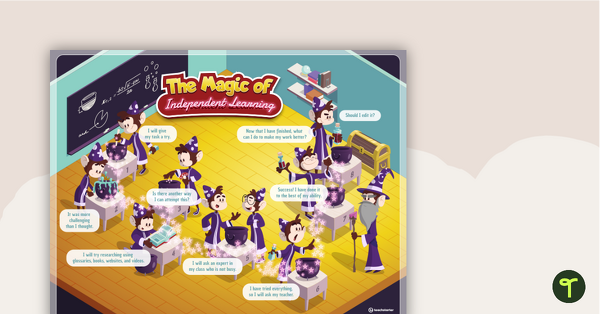
The Magic of Independent Learning – Full Poster
A poster to help students learn independently in the classroom.
- Plus Plan
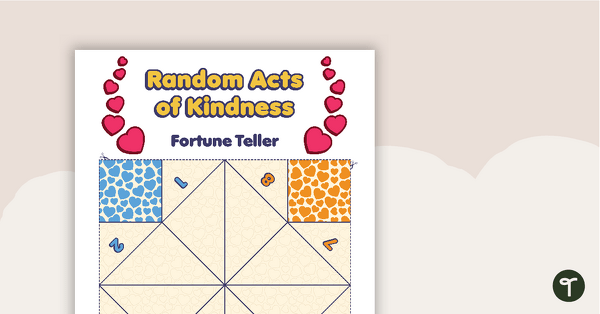
Random Acts of Kindness Paper Fortune Teller
Choosing random acts of kindness couldn't be more fun than with this paper fortune teller template!
- Free Plan
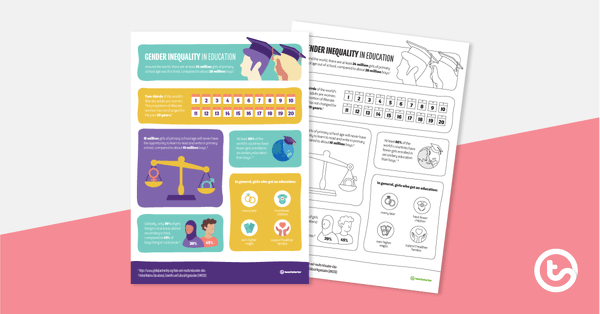
Gender Inequality in Education Infographic Poster
An infographic displaying important facts and statistics about gender inequality in education.
- Free Plan
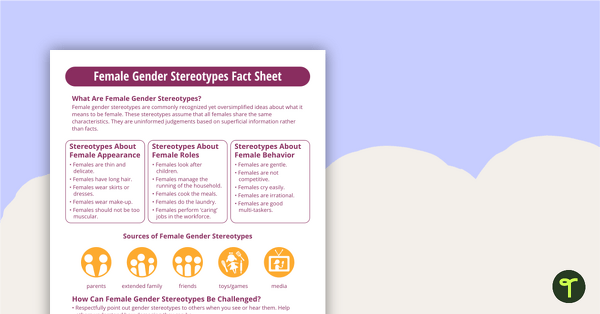
Female Gender Stereotypes Fact Sheet
A fact sheet providing an overview about female gender stereotypes.
- Plus Plan
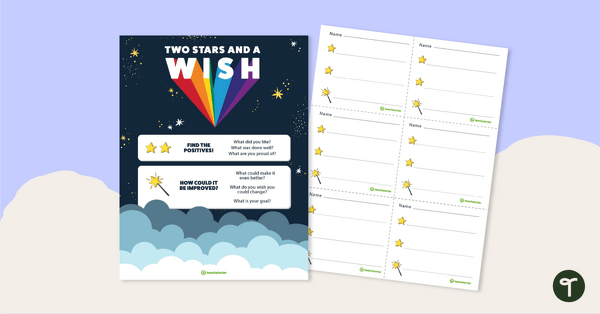
Two Stars and a Wish Poster and Feedback Slips
Reinforce giving and receiving feedback in your classroom with this poster and set of feedback cards.
- Plus Plan
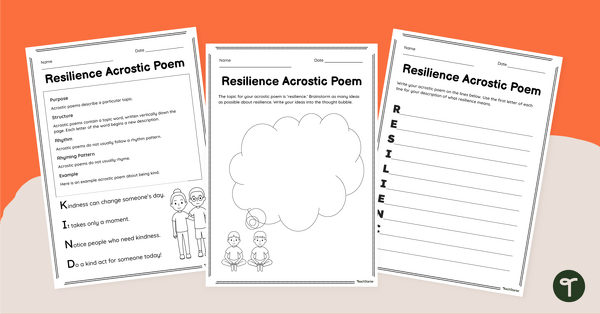
Resilience Acrostic Poem Worksheet
Have students write a resilience poem to help them understand the meaning of this crucial social-emotional skill.
- Plus Plan
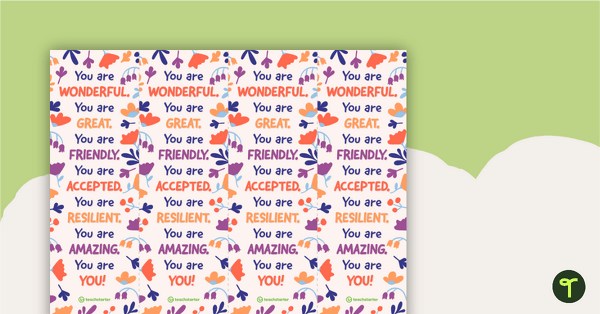
Bookmark - You Are You!
A beautiful bookmark with affirmations for your students.
- Plus Plan
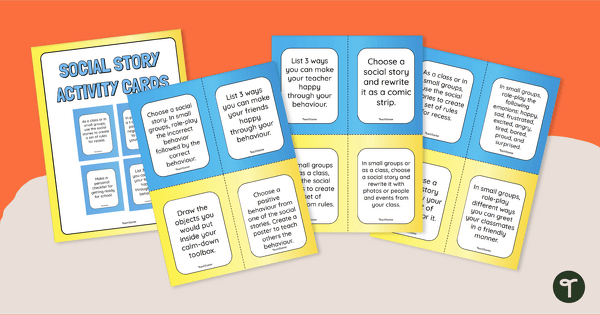
Social Stories - Activity Cards
Help your students build social skills and practice concepts learned within our social stories with a set of printable task cards.
- Free Plan
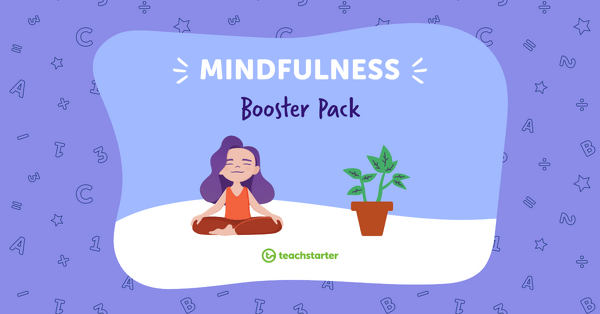
Free Mindfulness Booster Pack
A free sample pack that includes six Mindfulness resources.
- Plus Plan
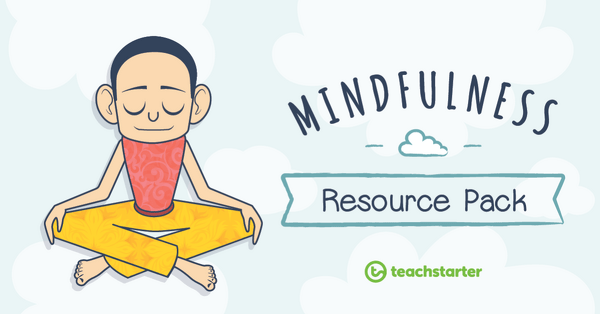
Mindfulness Teaching Resource Pack
A collection of mindfulness teaching resources, including activity task cards, meditation scripts, coloring sheets, and more.
- Plus Plan
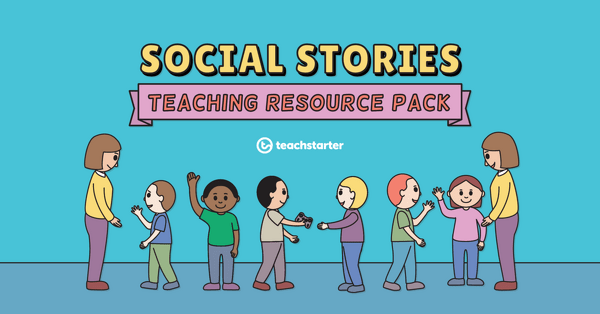
Social Stories Teaching Resource Pack
A collection of social story resources to use in the classroom when developing strategies and skills for a range of social situations.
- Plus Plan
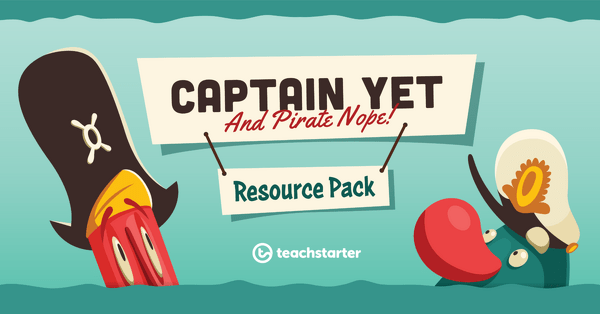
Growth Mindset Teaching Resource Bundle
A collection of resources to use when developing a growth mindset in your students.
- Plus Plan

Gratitude Teaching Resource Pack
A collection of resources to use with students to practice gratitude.
- Plus Plan
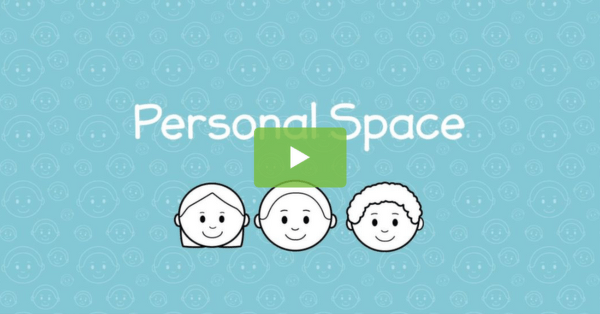
Personal Space – Social Story Video
This social story video reminds students to allow others to maintain some personal space.
- Plus Plan

Keeping My Hands and Feet to Myself – Social Story Video
This social story video reminds students of the importance of keeping their hands and feet to themselves.
- Plus Plan
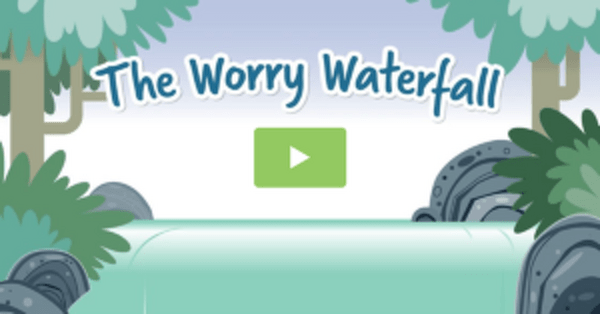
The Worry Waterfall Video
Help your students recognize and manage feelings of stress and unease using The Worry Waterfall.
- Plus Plan
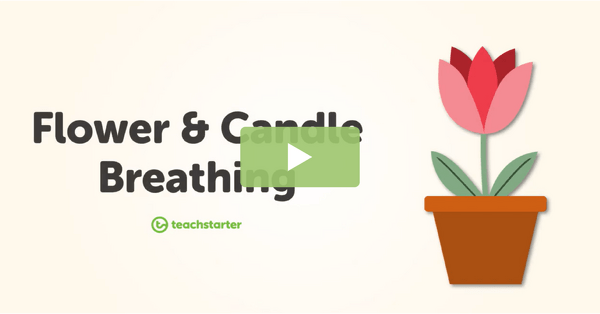
Flower and Candle Breathing Video
Teach your students flower and candle breathing as a brain break, stress management strategy or mindfulness activity.
- Plus Plan
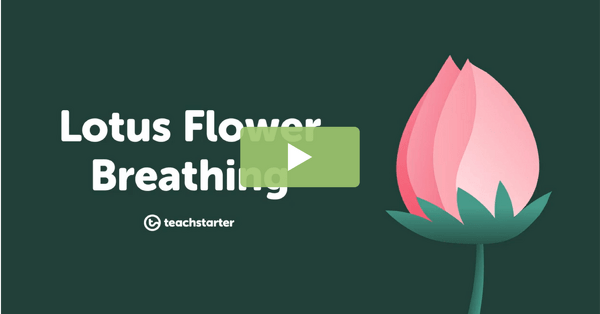
Flower Breathing Video for Kids
Teach students to cope with stress with a flower breathing video created to use with kids in the classroom.
- Plus Plan
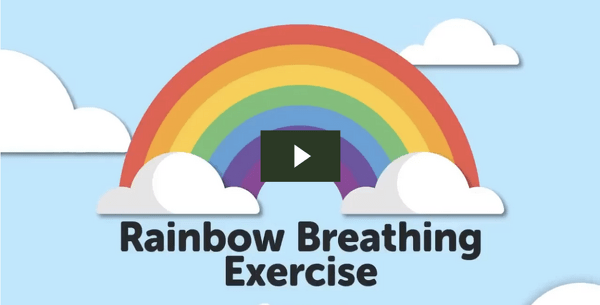
Rainbow Breathing for Kids Video
Add deep rainbow breathing to your classroom routines with a kid-friendly mindfulness video created for elementary & middle school teachers.
- Plus Plan
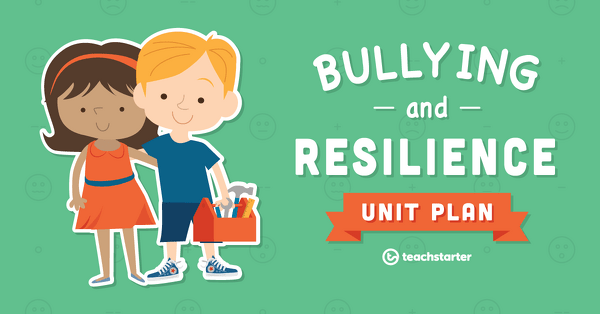
Bullying and Resilience
This Personal, Social and Community Health unit introduces five resilience strategies to help students deal positively and effectively with bullying.
- Plus Plan
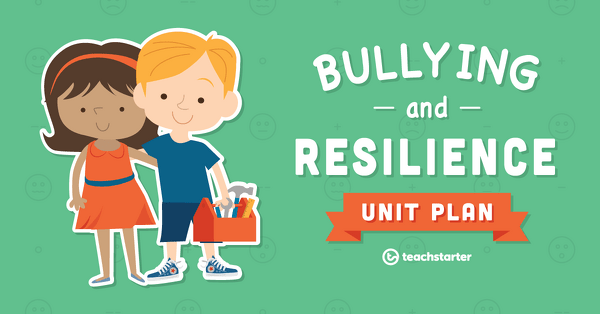
Helping Our School Community and Beyond
A 60 minute lesson in which students will share the resilience Tool Kit strategies with the school community and beyond.
- Plus Plan
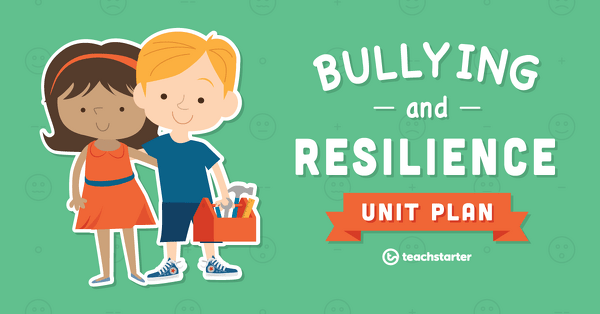
Applying Resilience Strategies
A 60 minute lesson in which students will identify the best resilience Tool Kit strategy to use in different bullying scenarios.
- Plus Plan
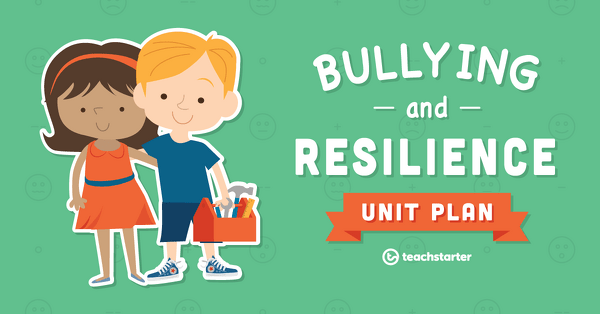
The Resilience Tool Kit
A 60 minute lesson in which students will identify and use the resilience Tool Kit strategies.
- Plus Plan
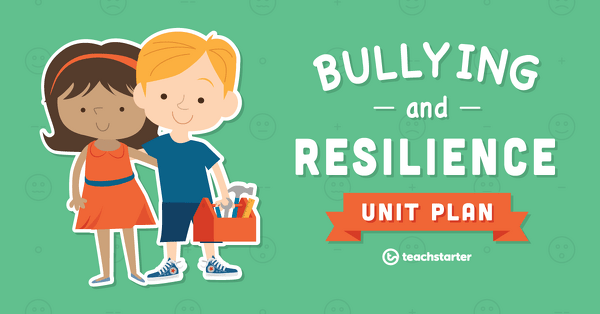
Reporting Bullying
A 60 minute lesson in which students will identify the importance of reporting bullying and who to report to.
- Plus Plan
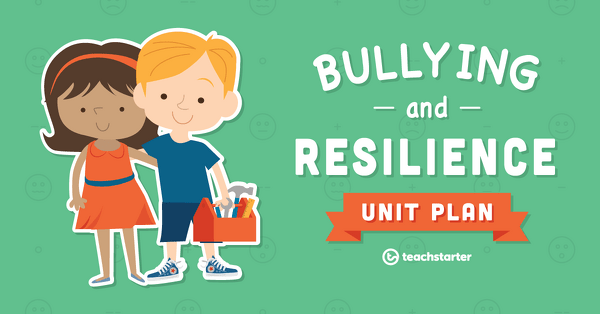
What is Resilience?
A 60 minute lesson in which students will identify and understand emotional resilience.
- Plus Plan
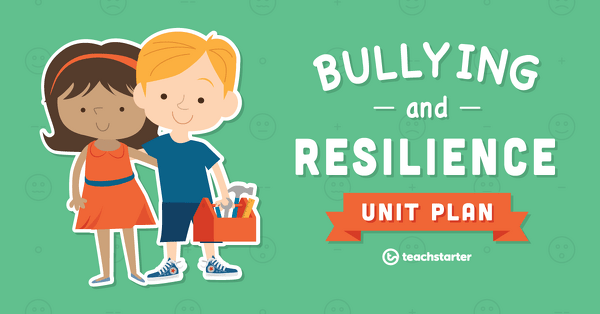
Cyberbullying
A 60 minute lesson in which students will identify what cyberbullying is.
- Plus Plan

What Bullying is Not
A 60 minute lesson in which students will identify what bullying is not.
- Plus Plan
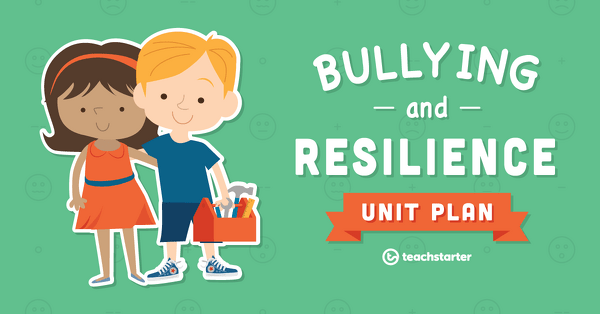
What is Bullying?
A 60 minute lesson in which students will identify the key traits of bullying.
- Plus Plan
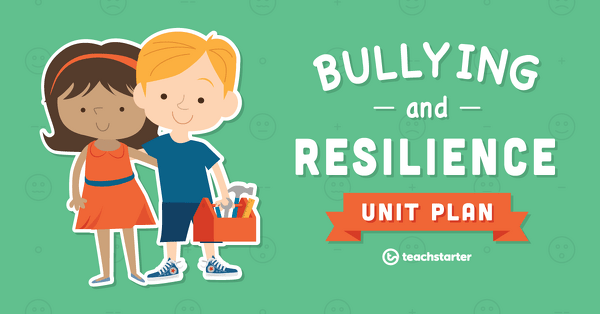
Bullying and Our Emotions
A 60 minute lesson in which students will identify different emotions and how bullying can make a person feel.
- Plus Plan
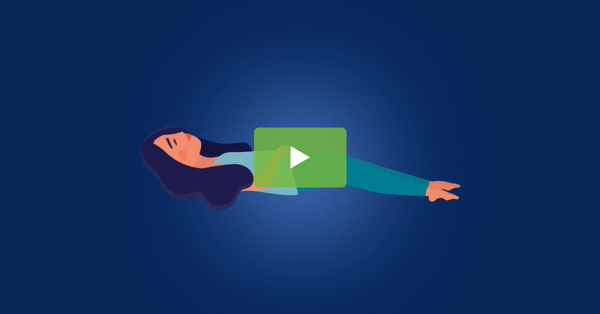
Guided Meditation for Students Video – 10-Minute Body Scan
Add guided meditation for students to your social emotional learning toolkit with a handy video that guides kids through a 10-minute body scan.
- Plus Plan
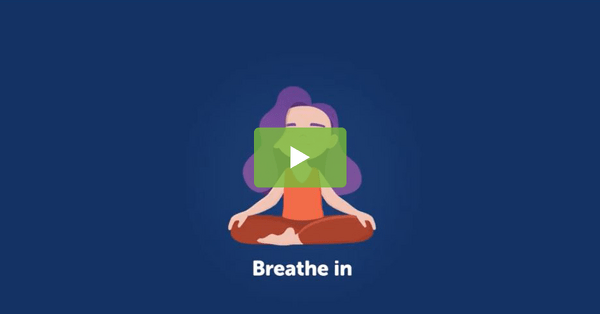
Mindful Breathing Video for Kids
Use this calming, square-breathing exercise video to introduce your students to mindfulness in the classroom.
-
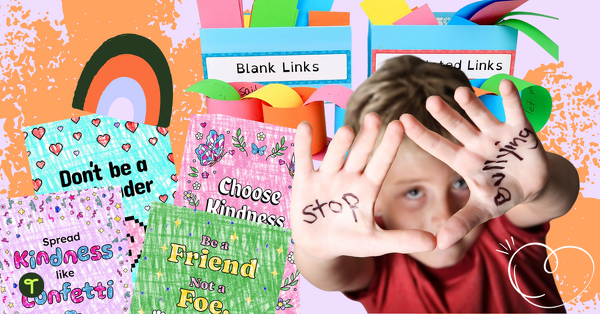
9 Anti-Bullying Activities for the Classroom to Stand Up to Unkindness
Explore anti-bullying activities and ideas for the classroom to help curb bully behavior at school. These teacher-tested tips include actionable ideas for National Bullying Prevention Month and all year-round!
- Social Emotional Learning Templates
- Social Emotional Learning Posters
- Social Emotional Learning Worksheets
- Social Emotional Learning Games
- Social Emotional Learning for Pre-K
- Social Emotional Learning for Kindergarten
- Social Emotional Learning for 1st Grade
- Social Emotional Learning for 2nd Grade
- Social Emotional Learning for 3rd Grade
- Social Emotional Learning for 4th Grade
- Social Emotional Learning for 5th Grade
- Social Emotional Learning for 6th Grade